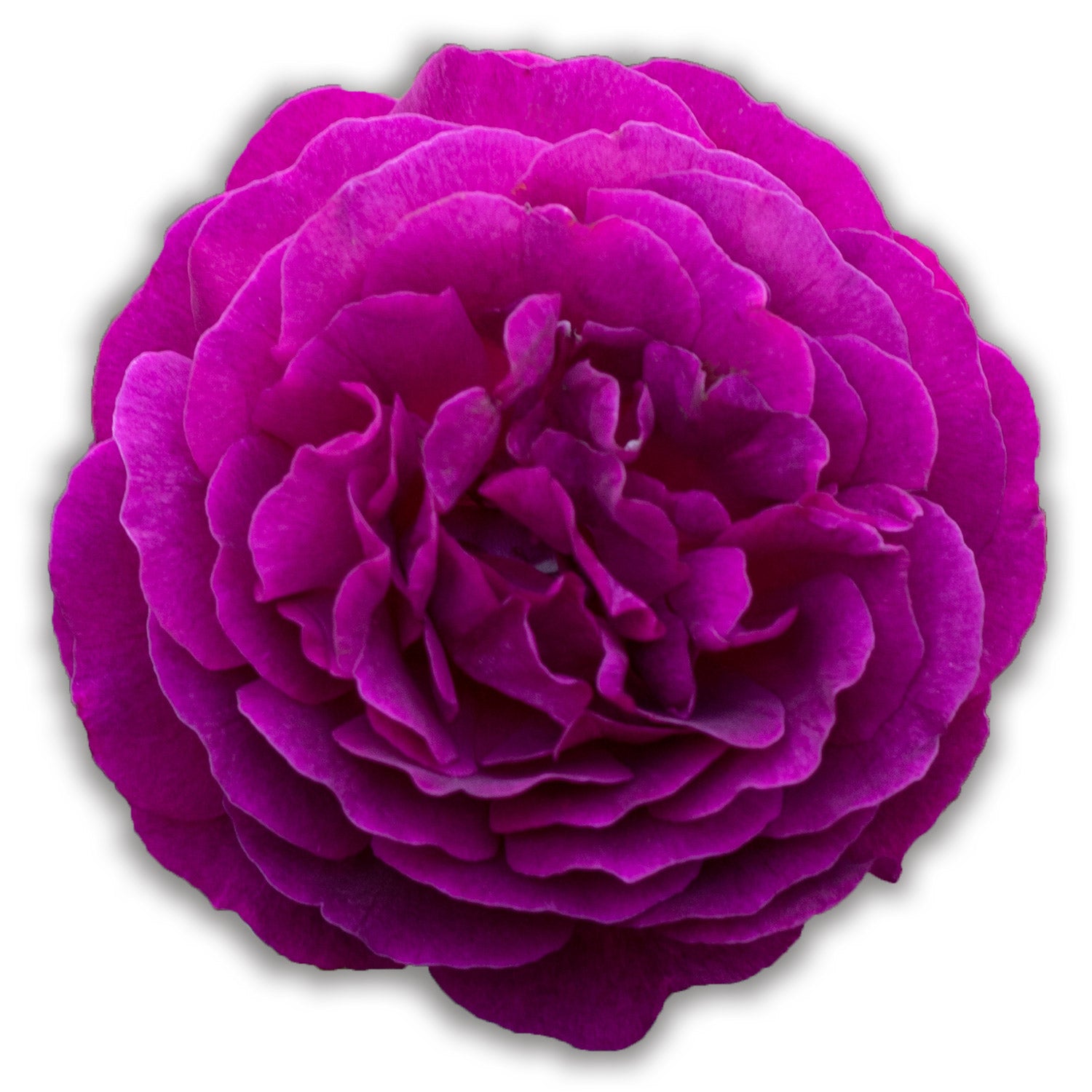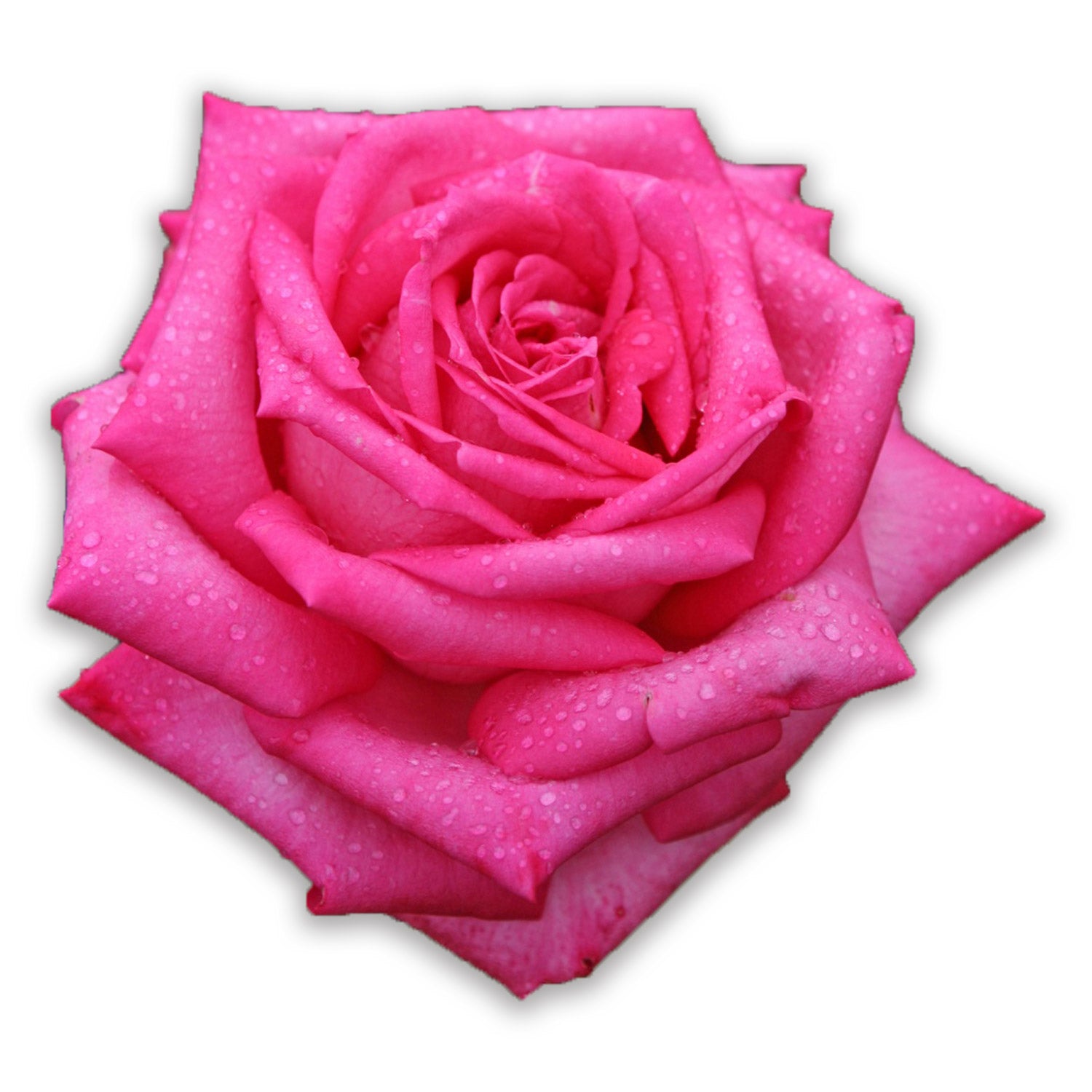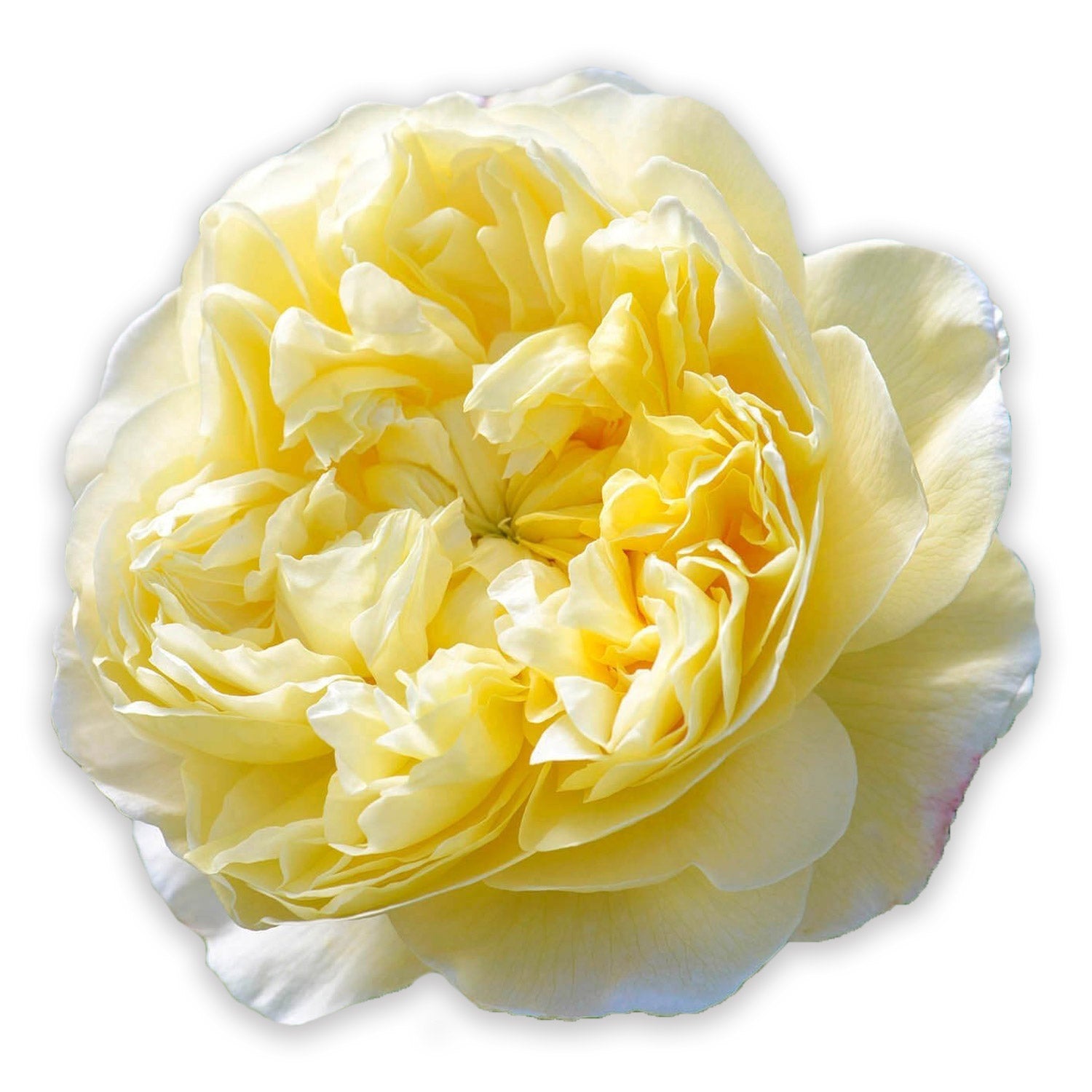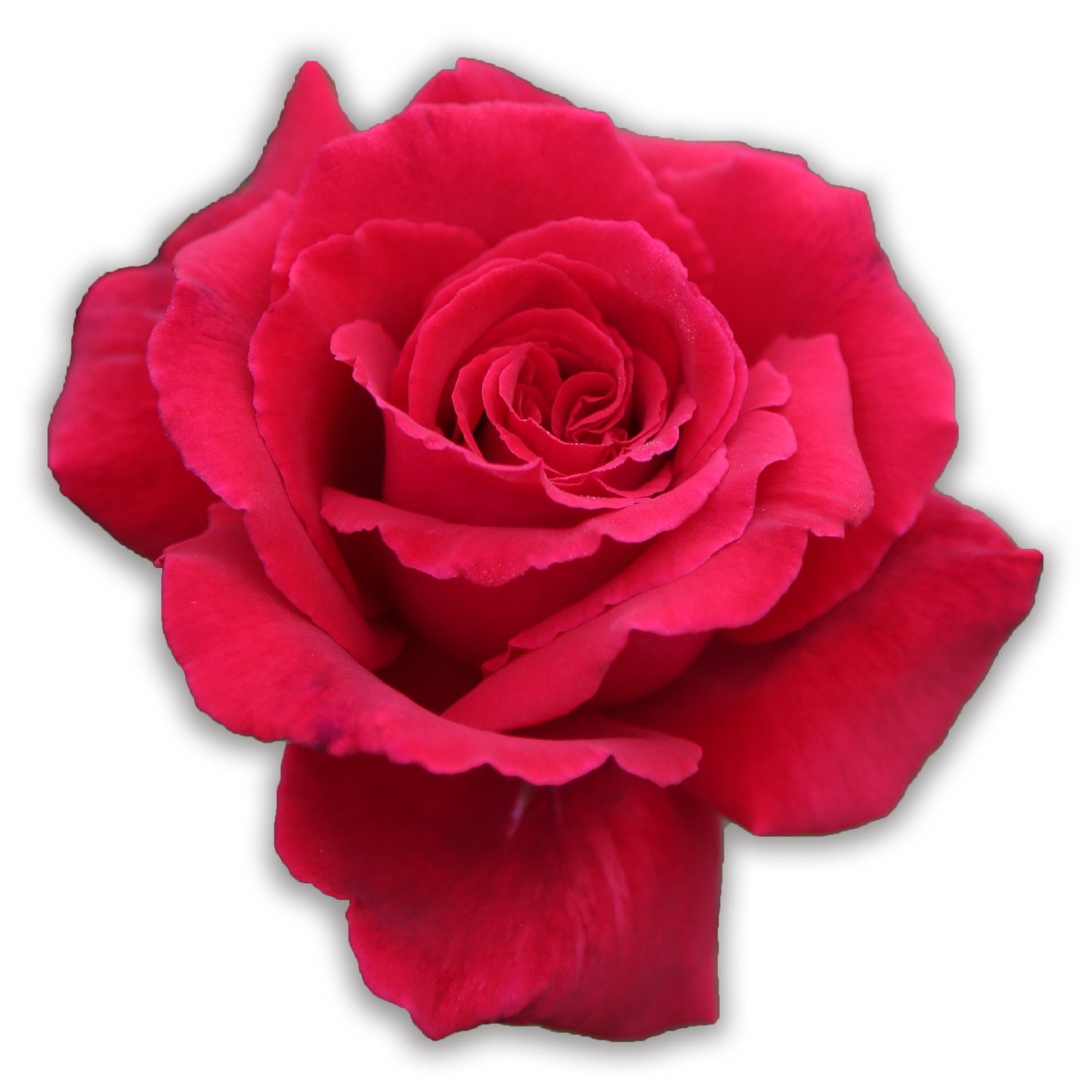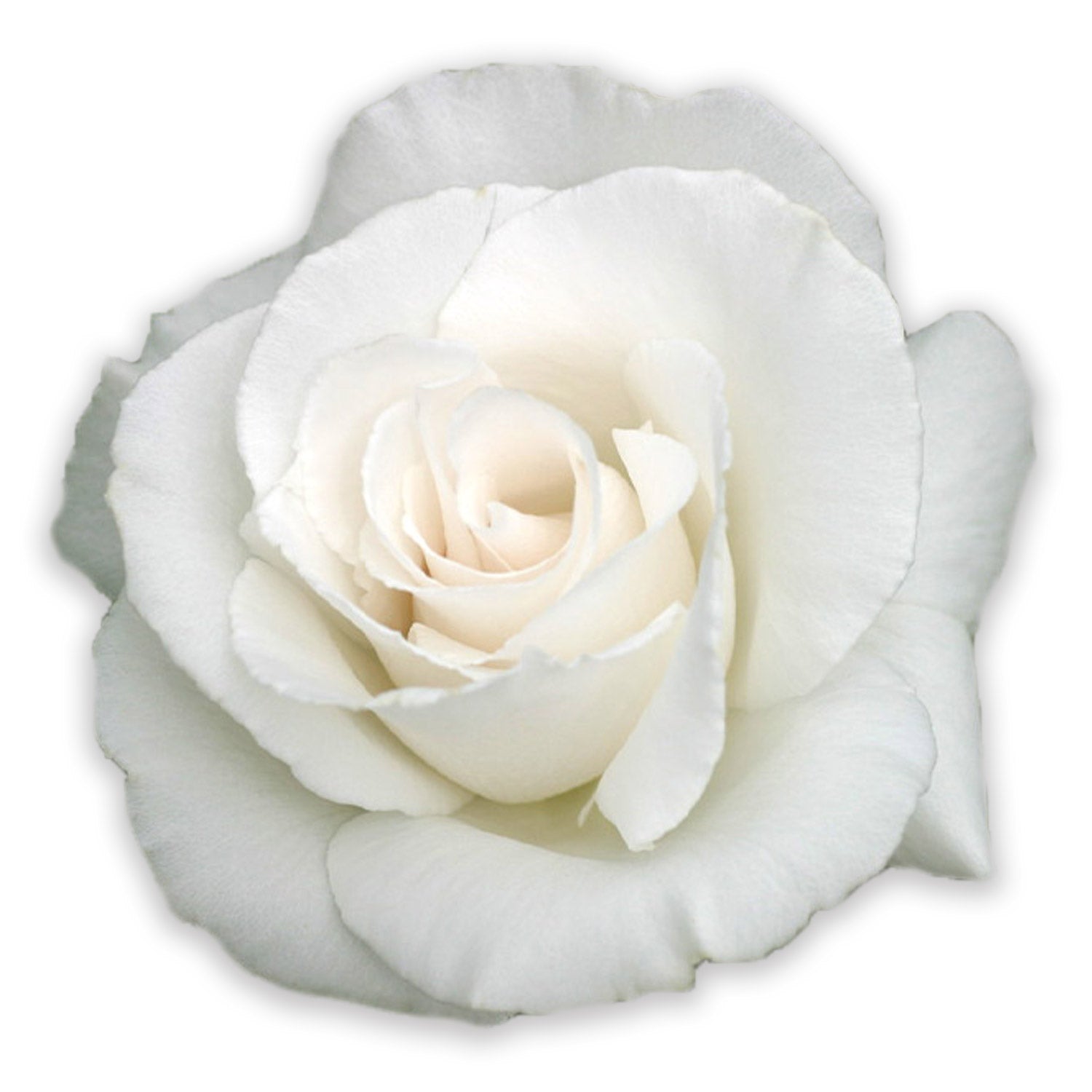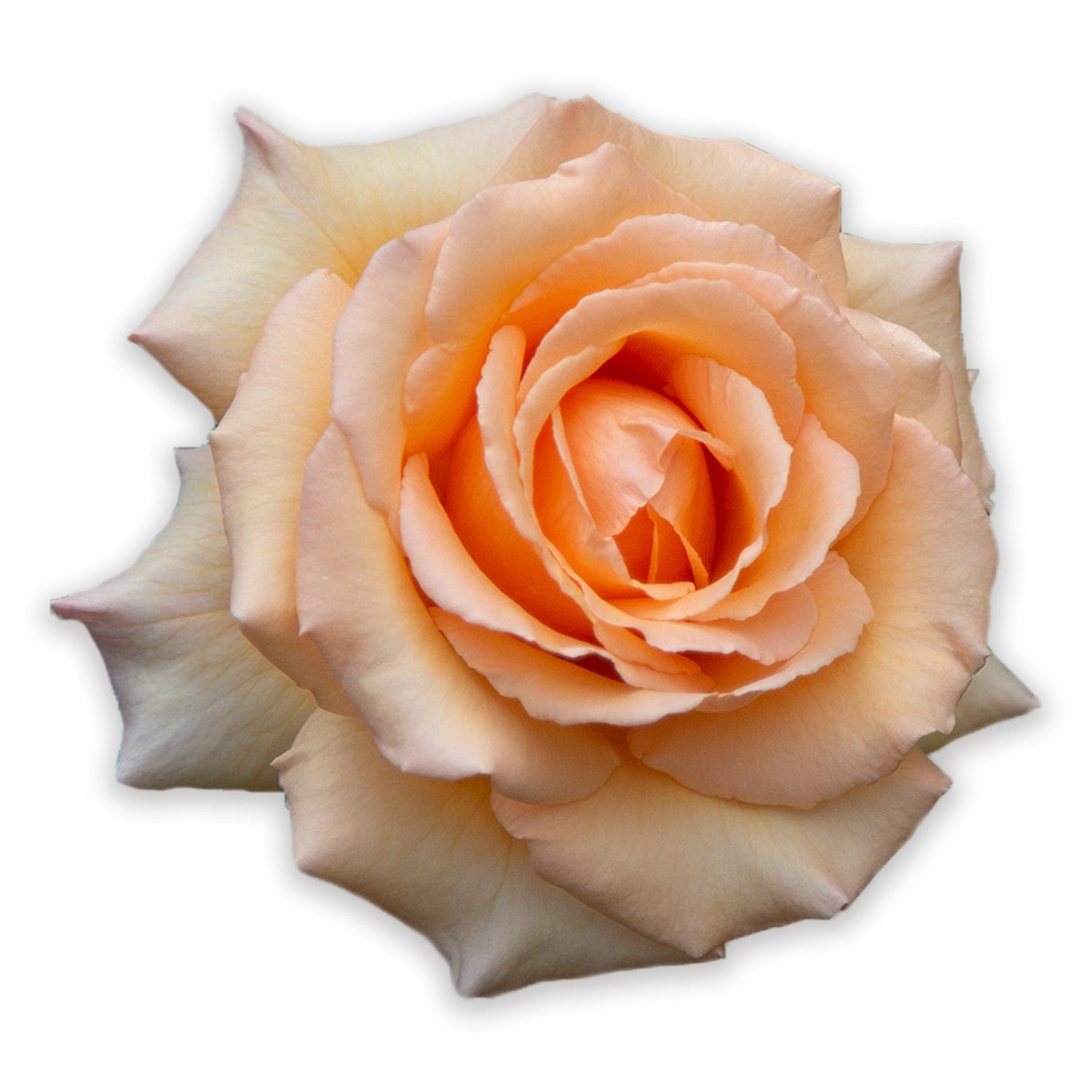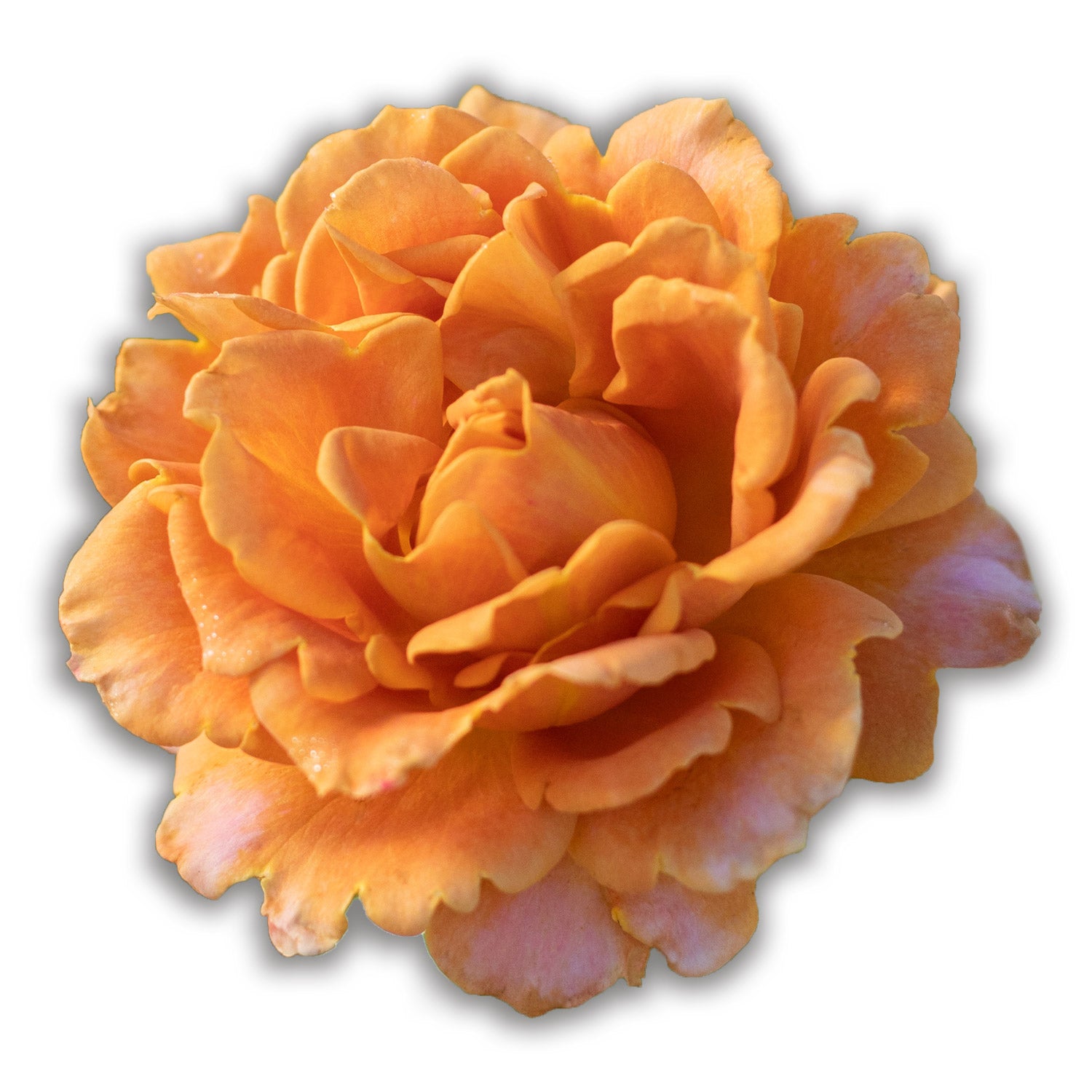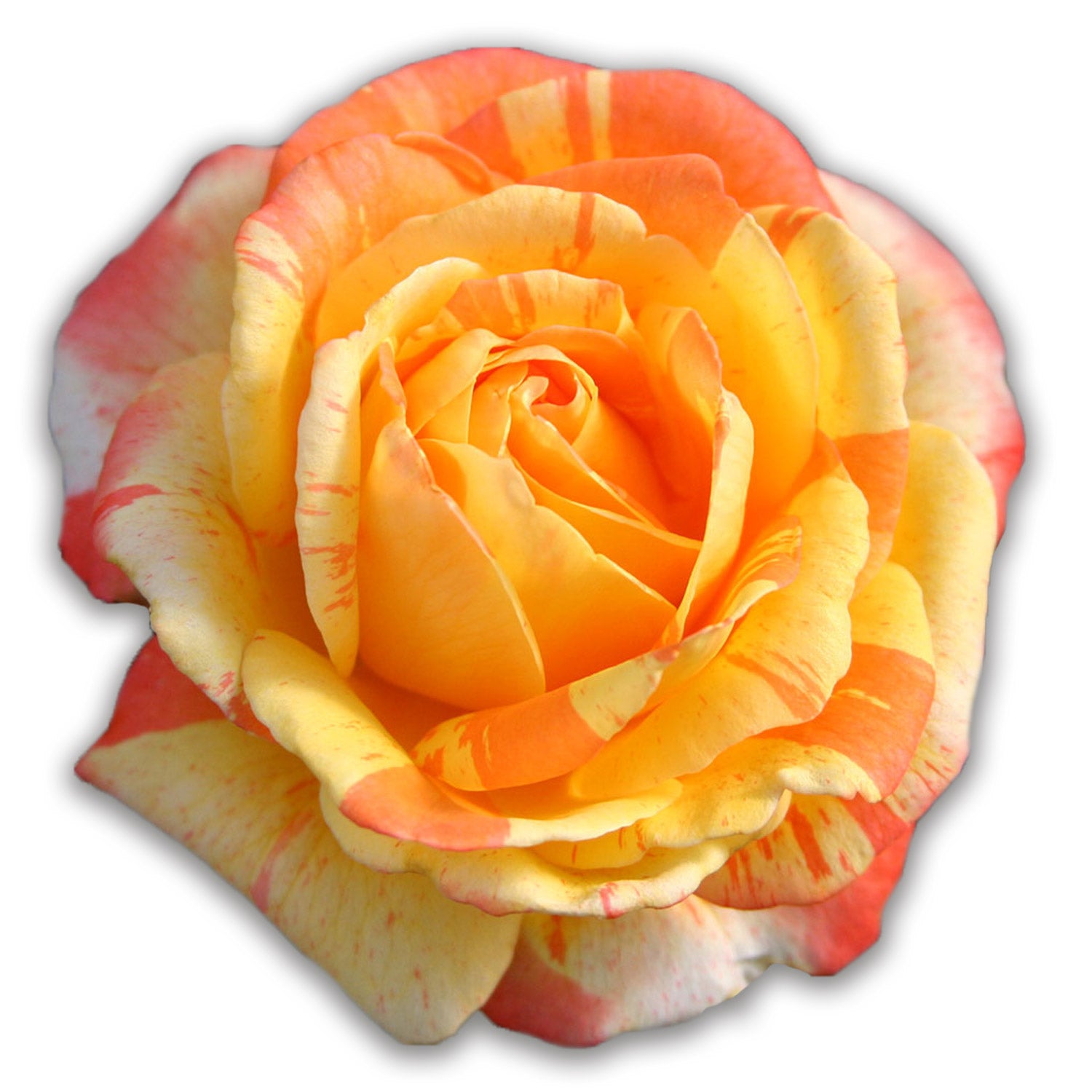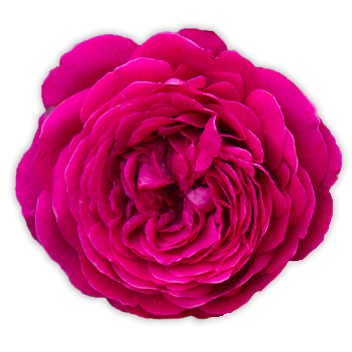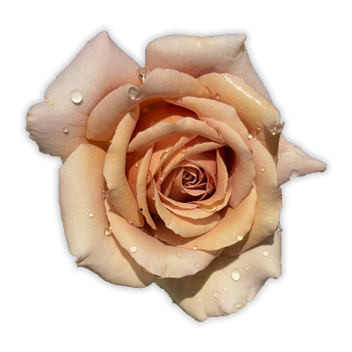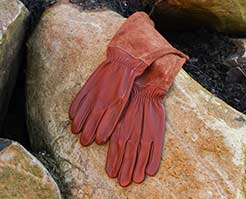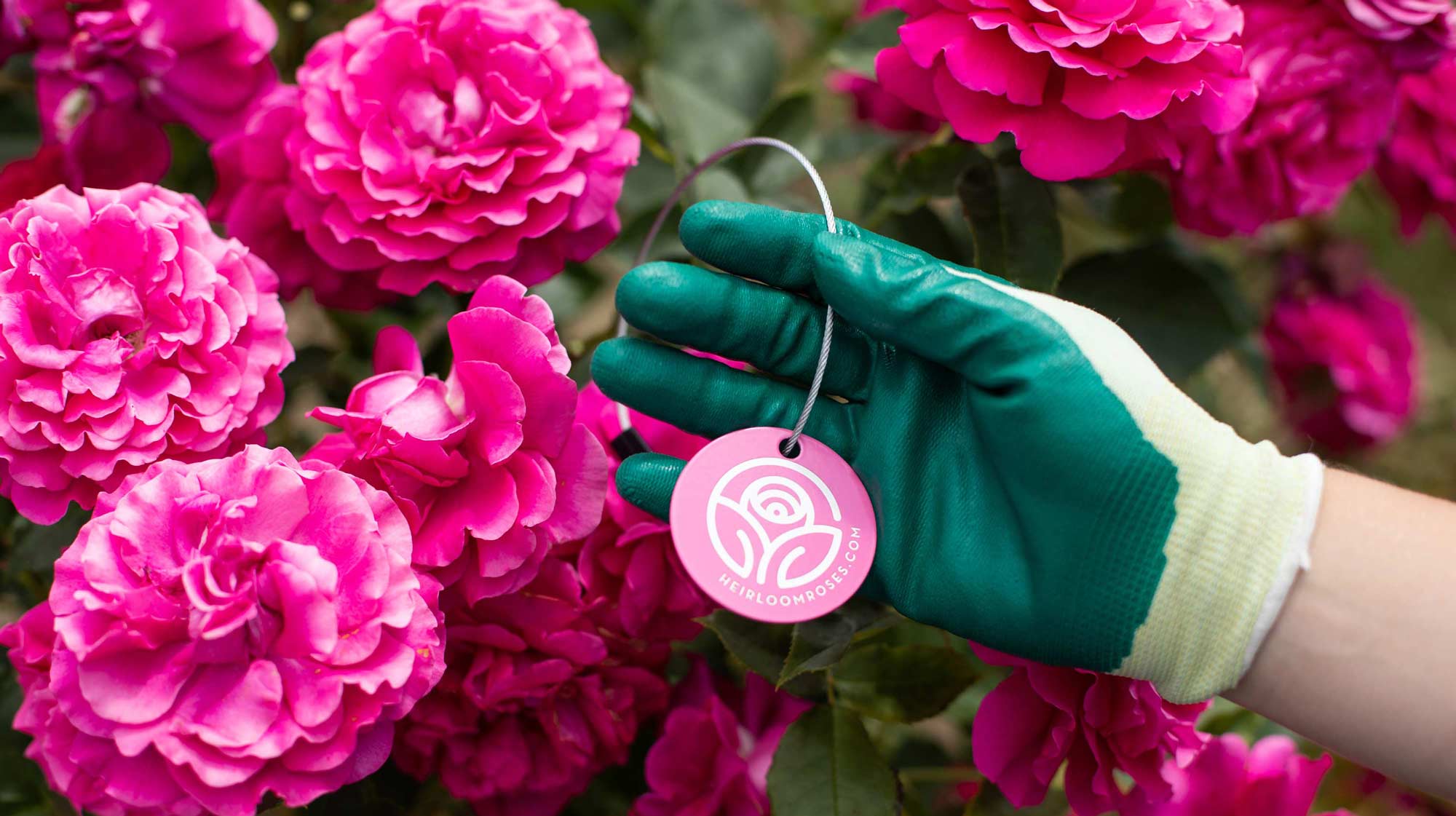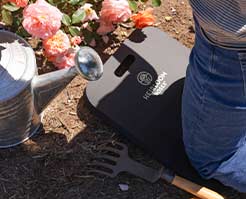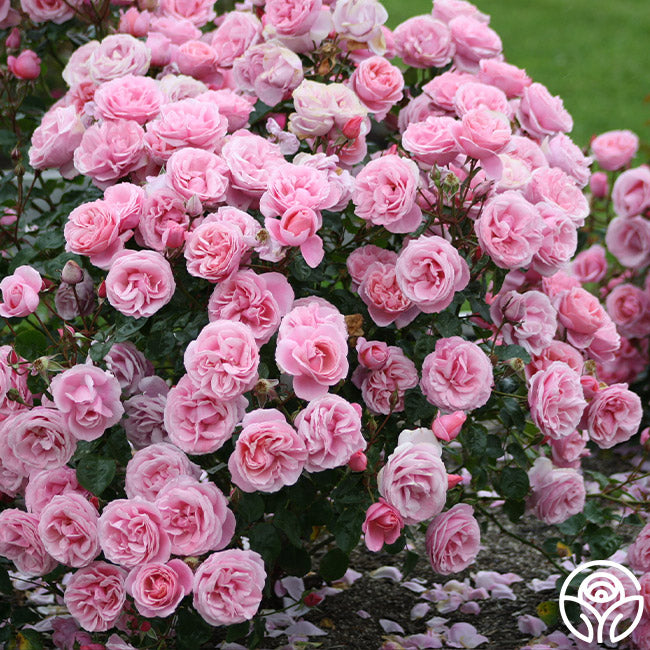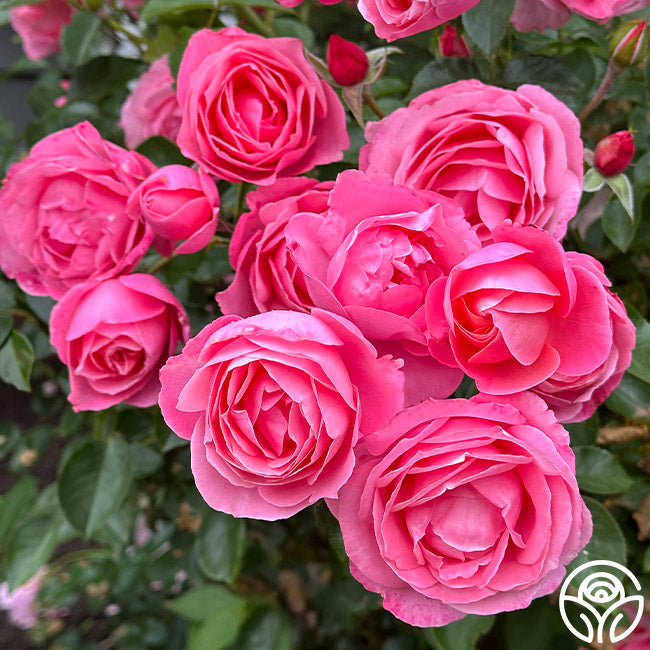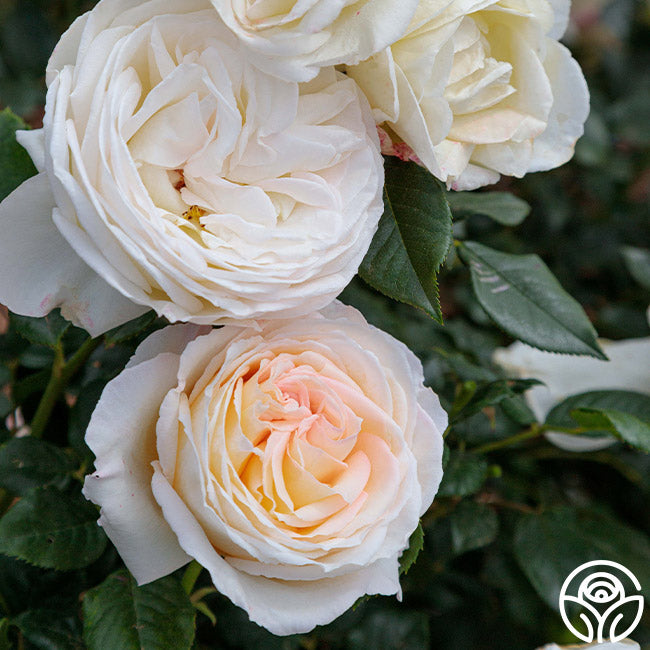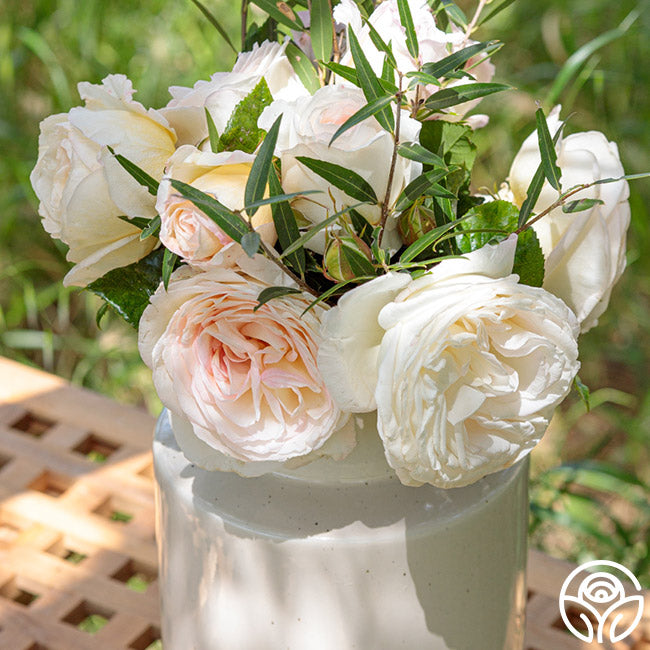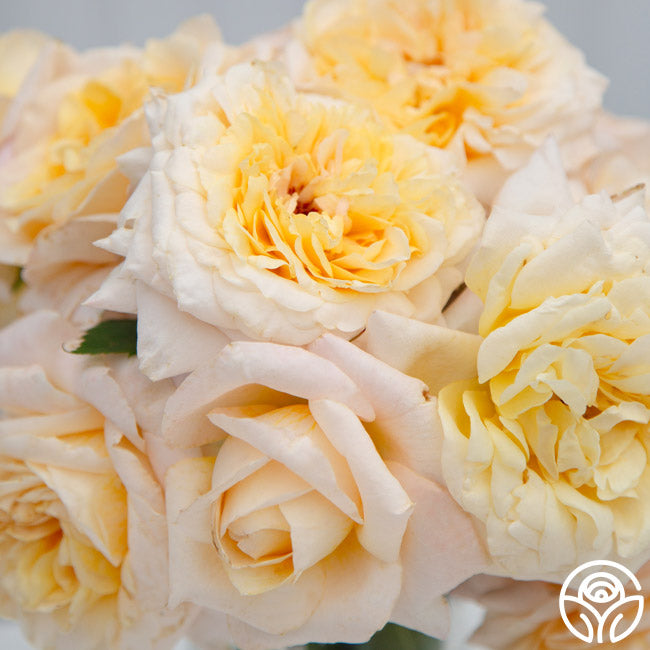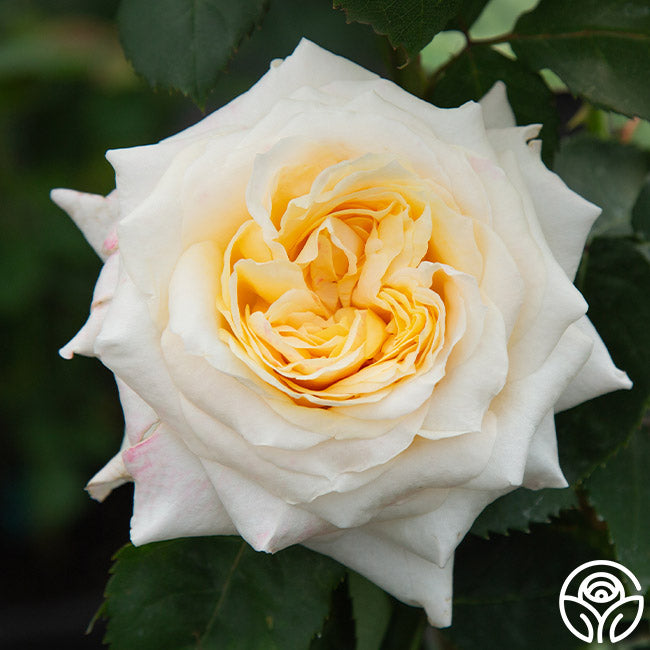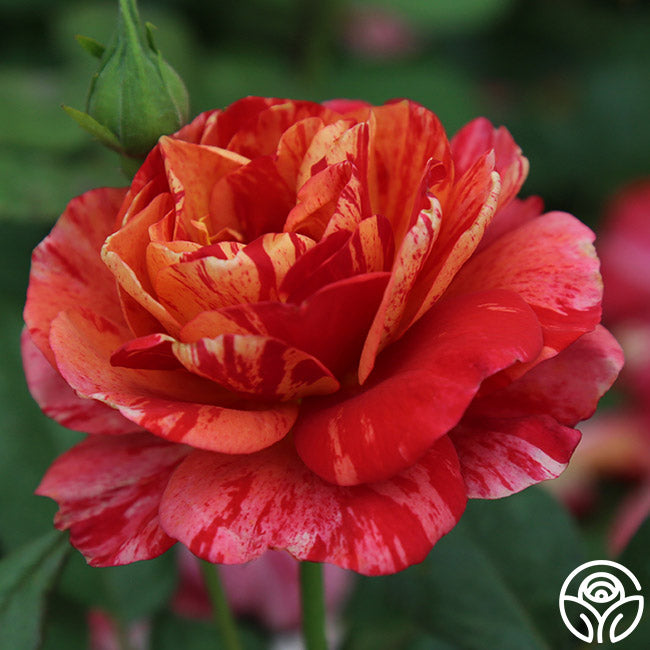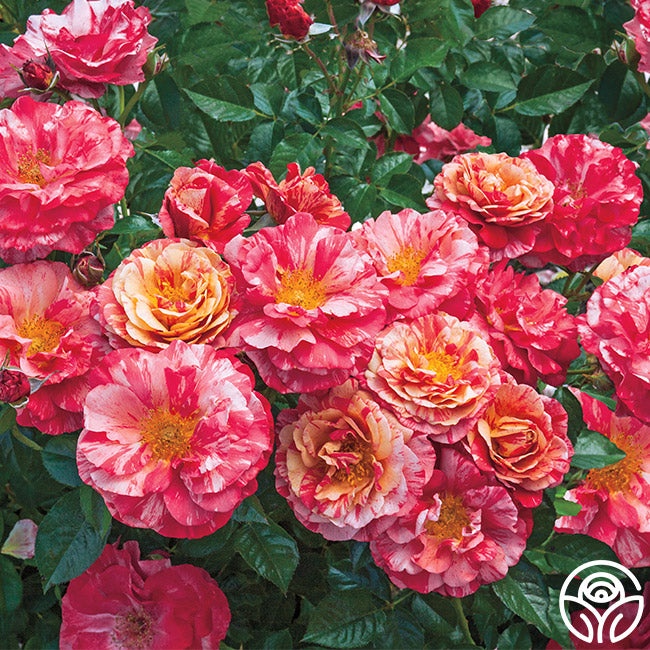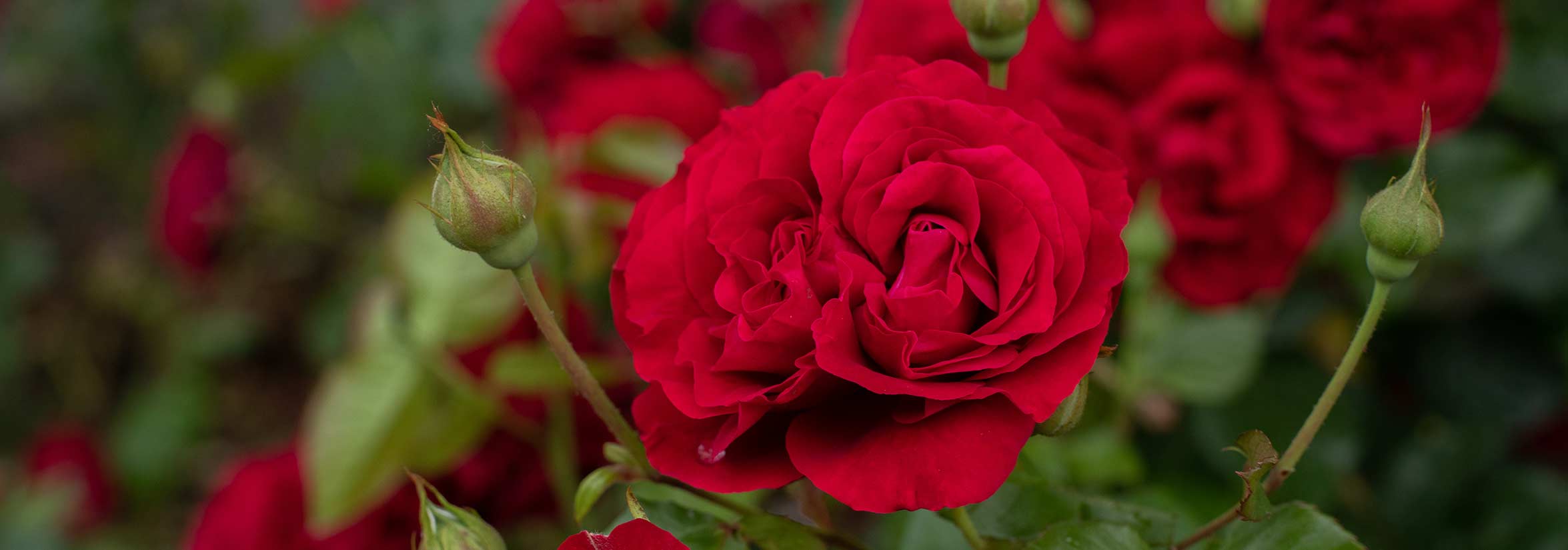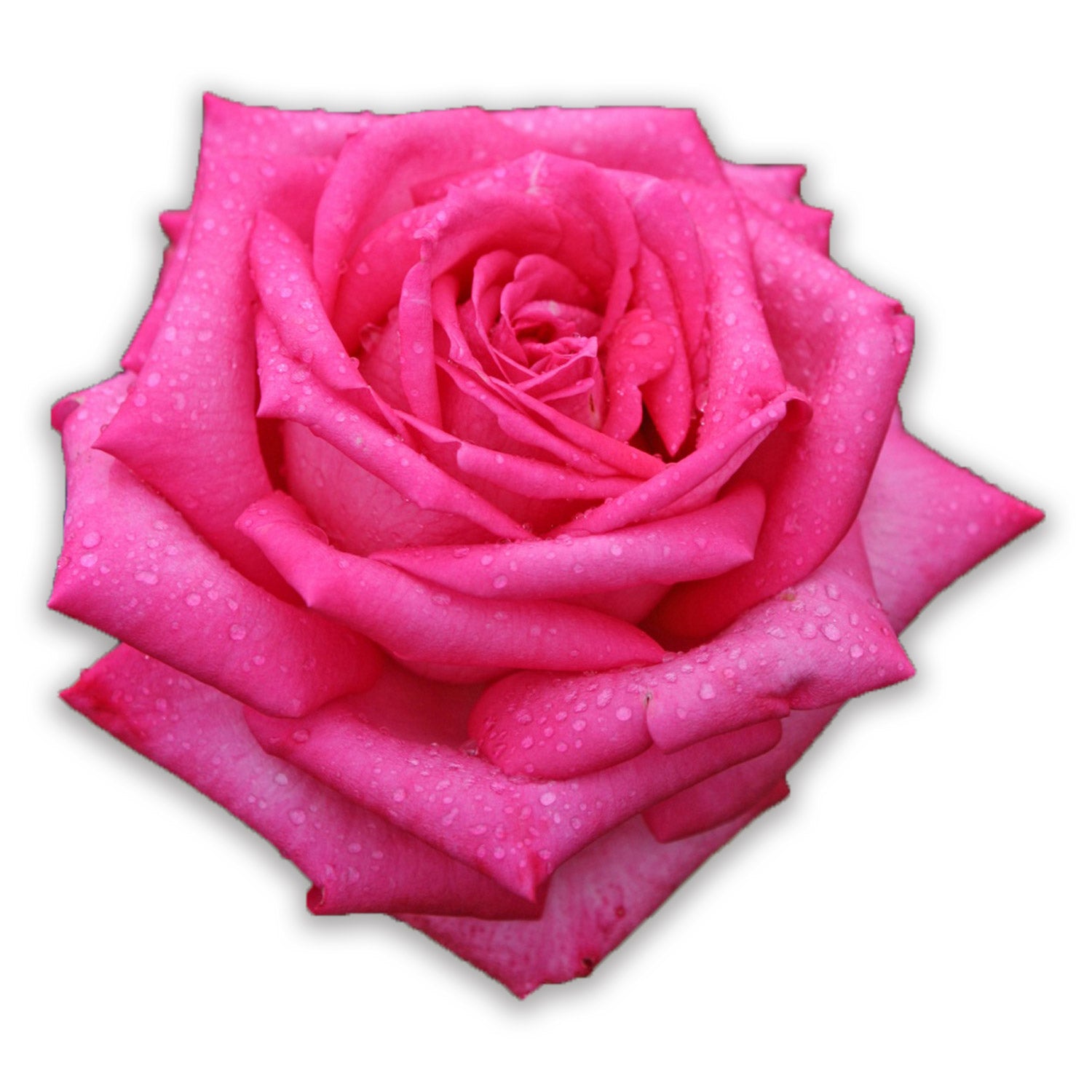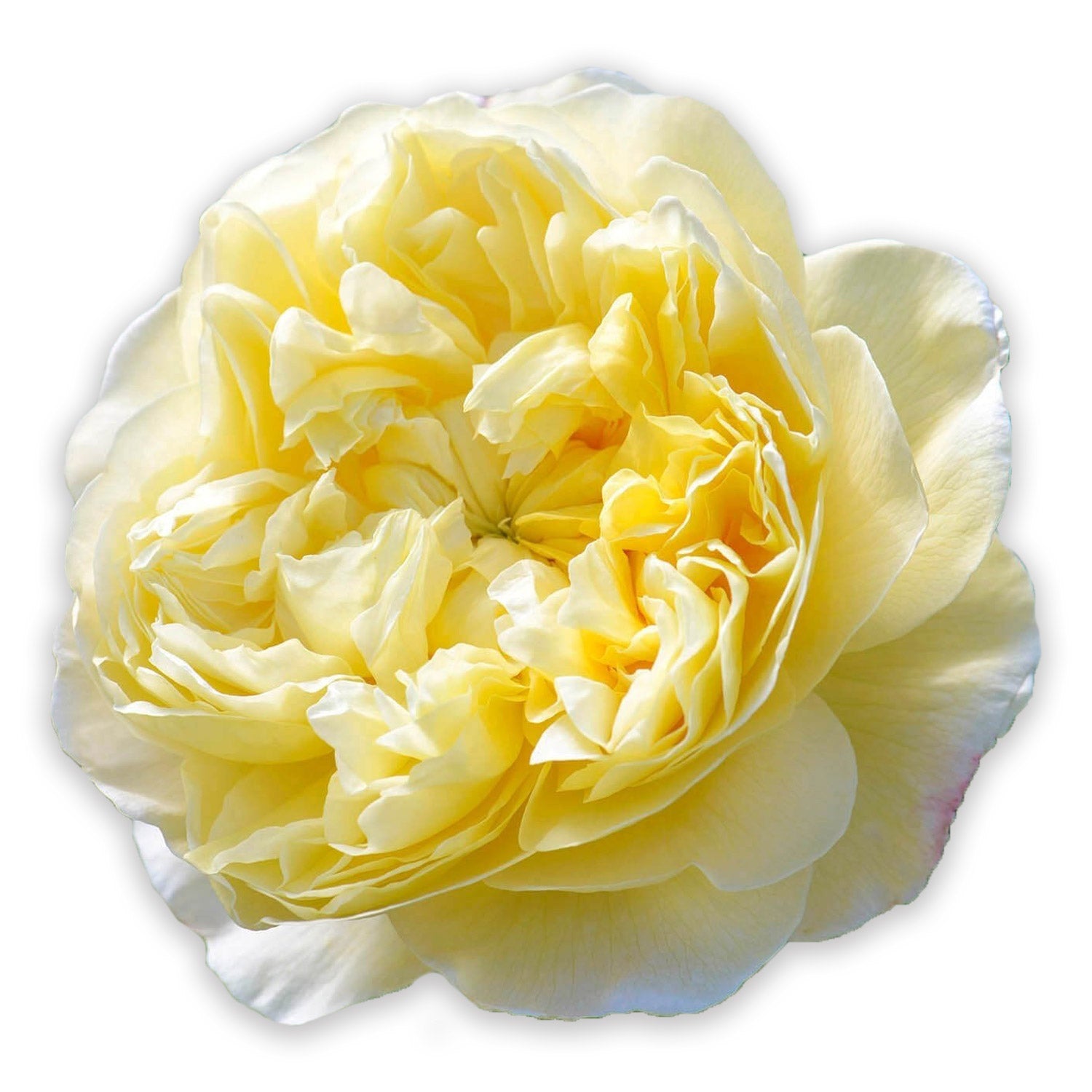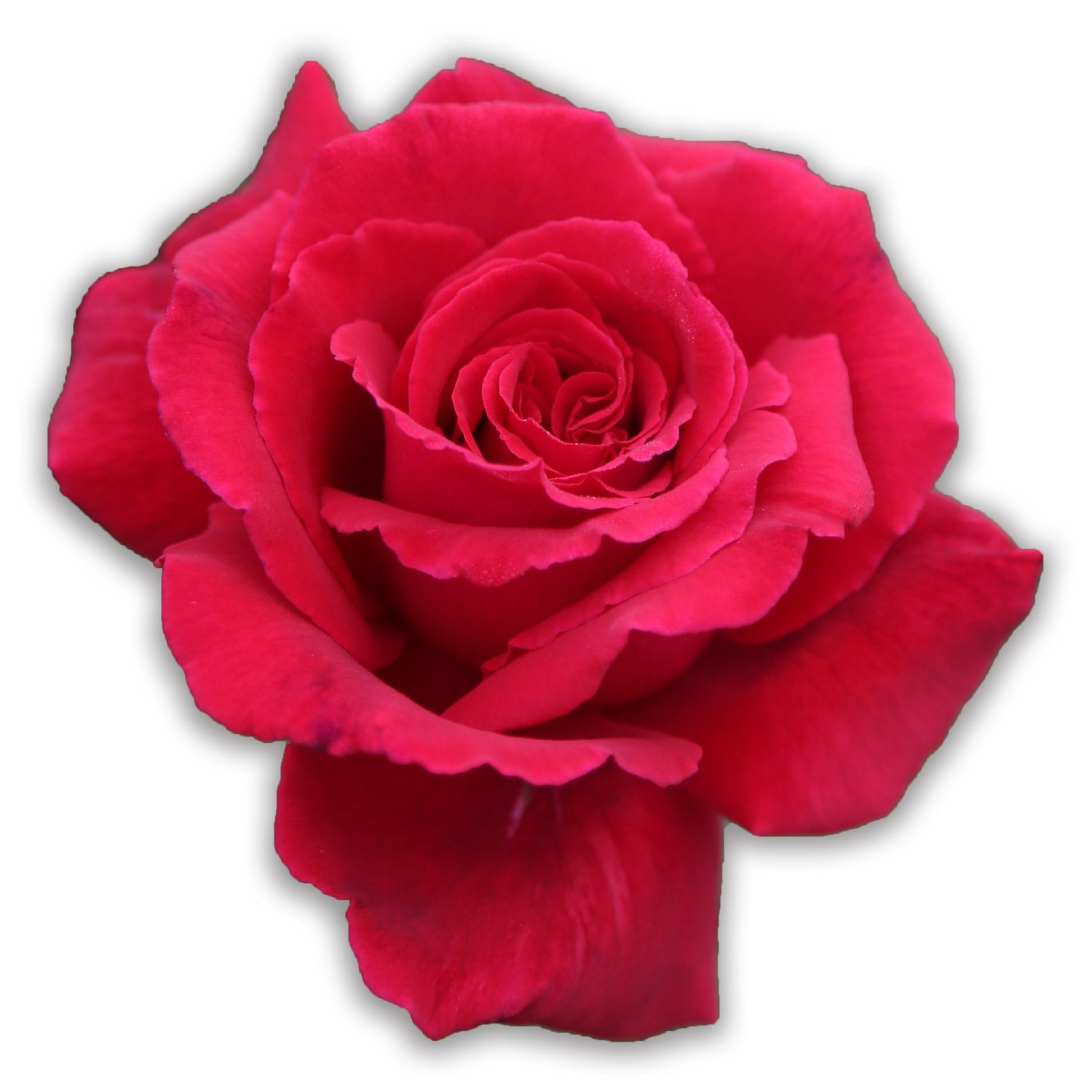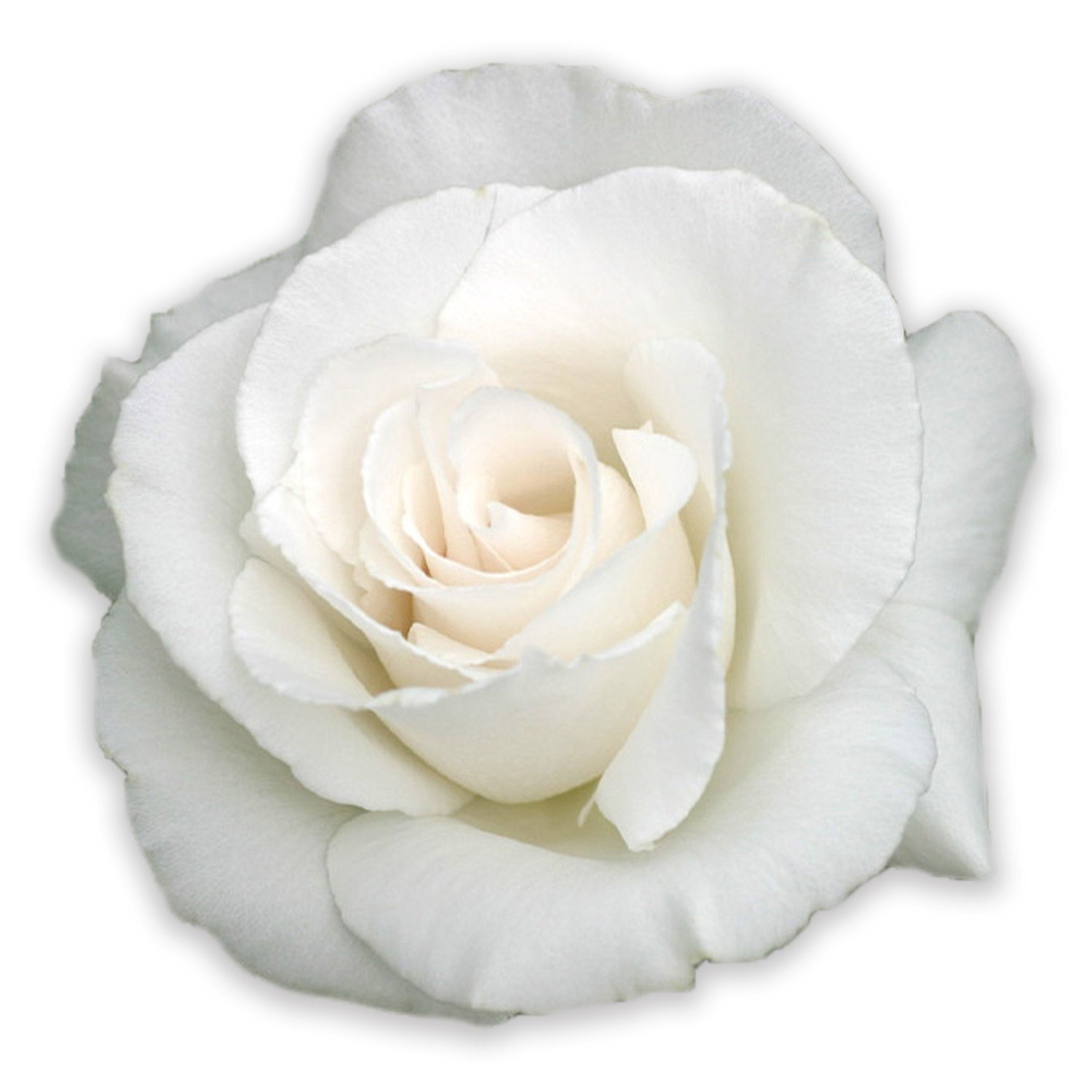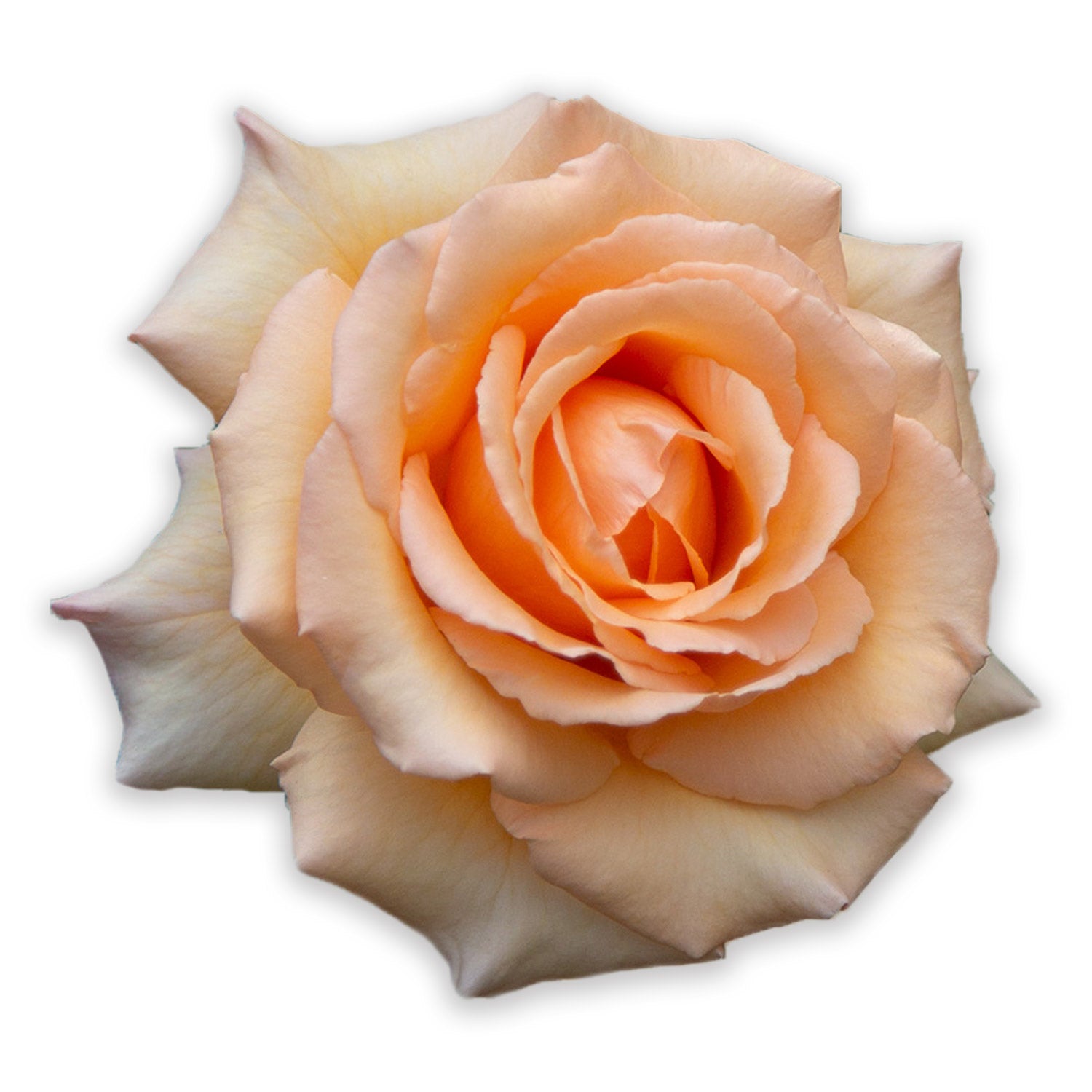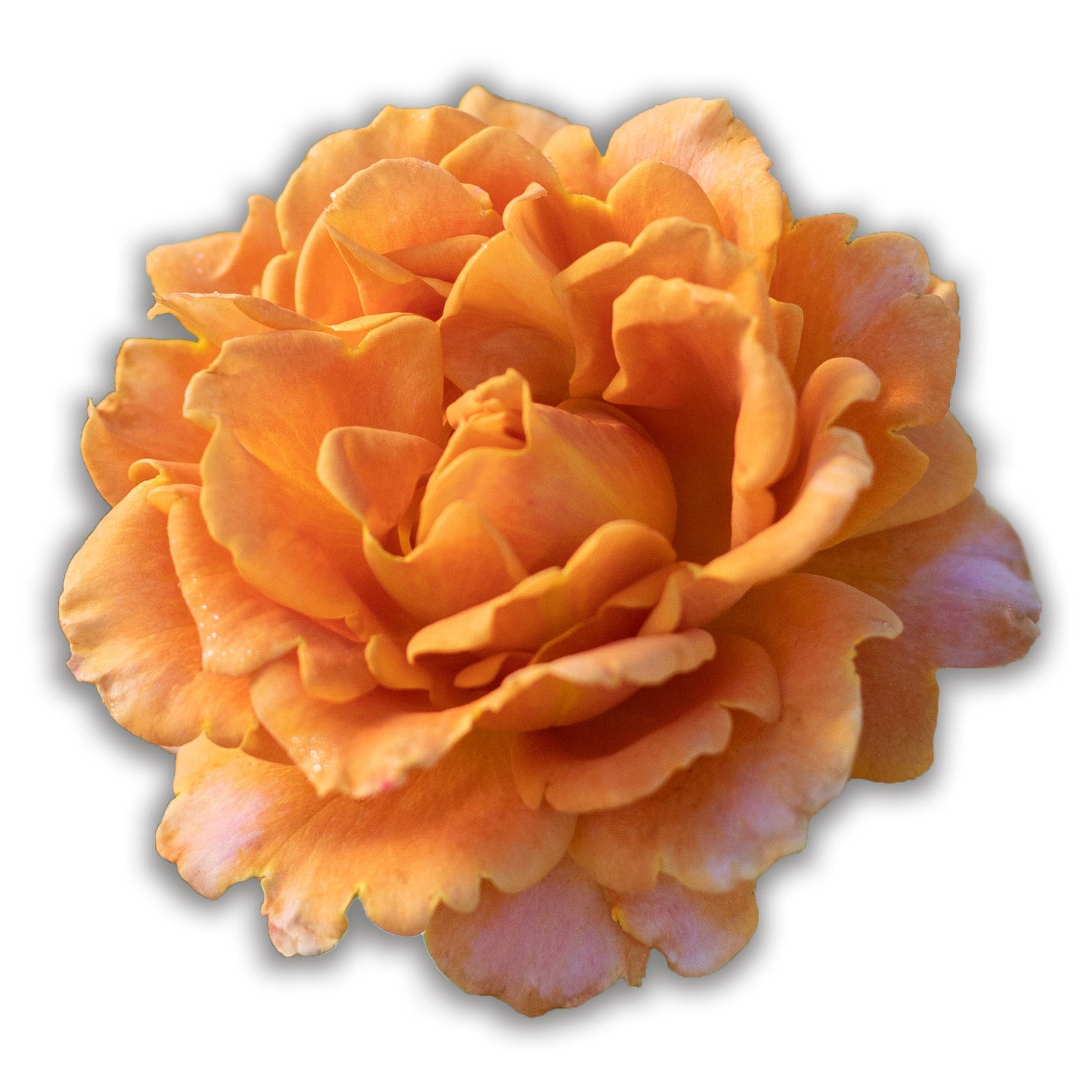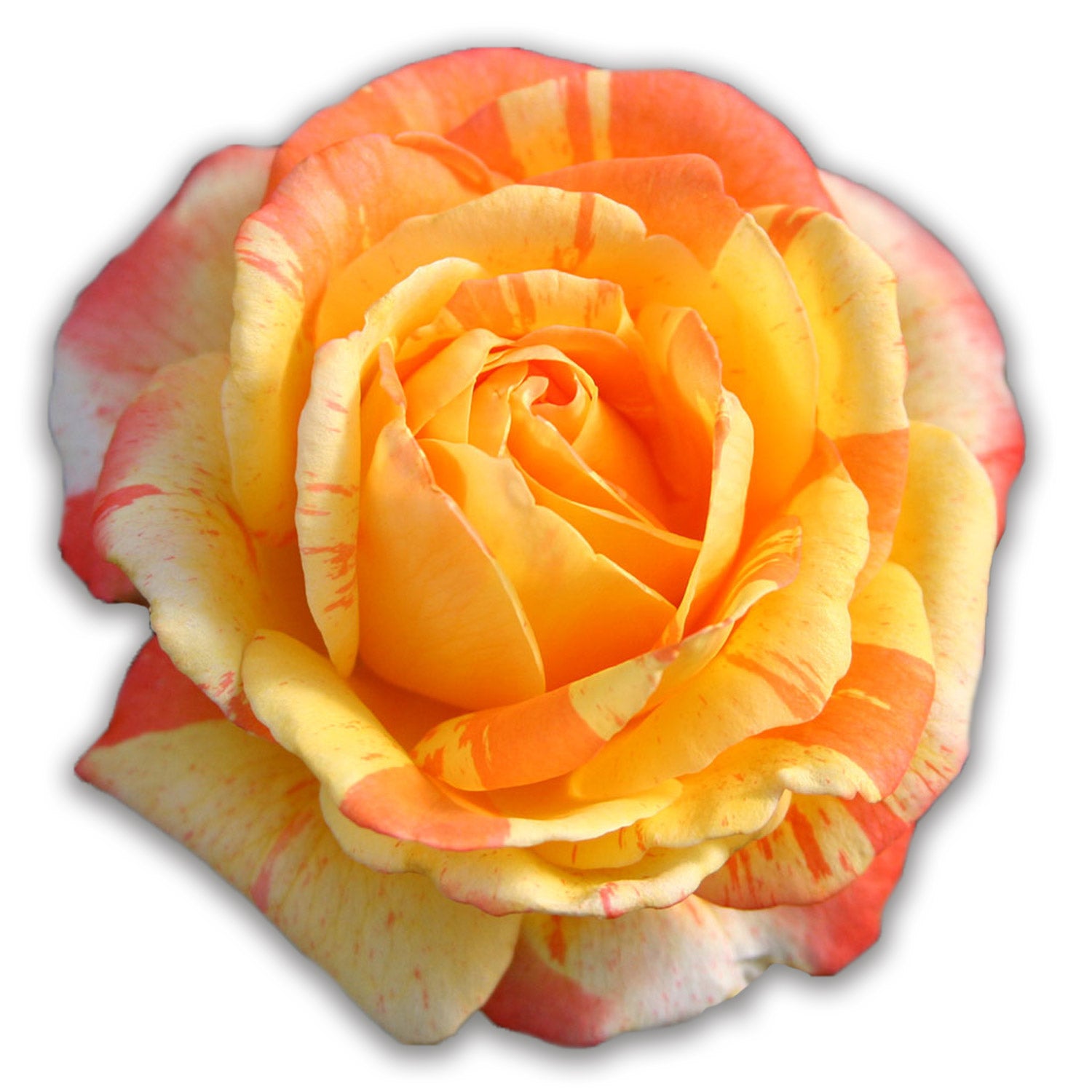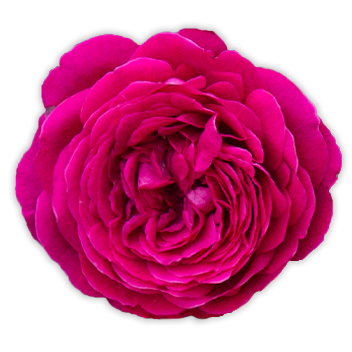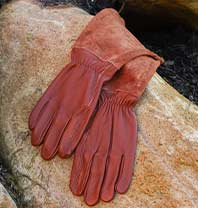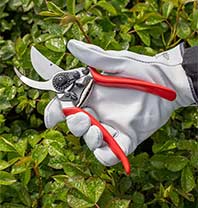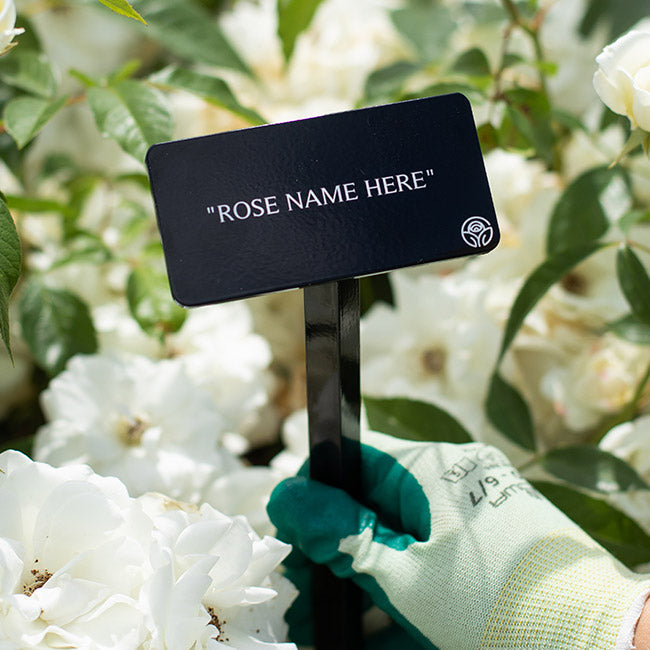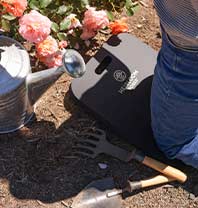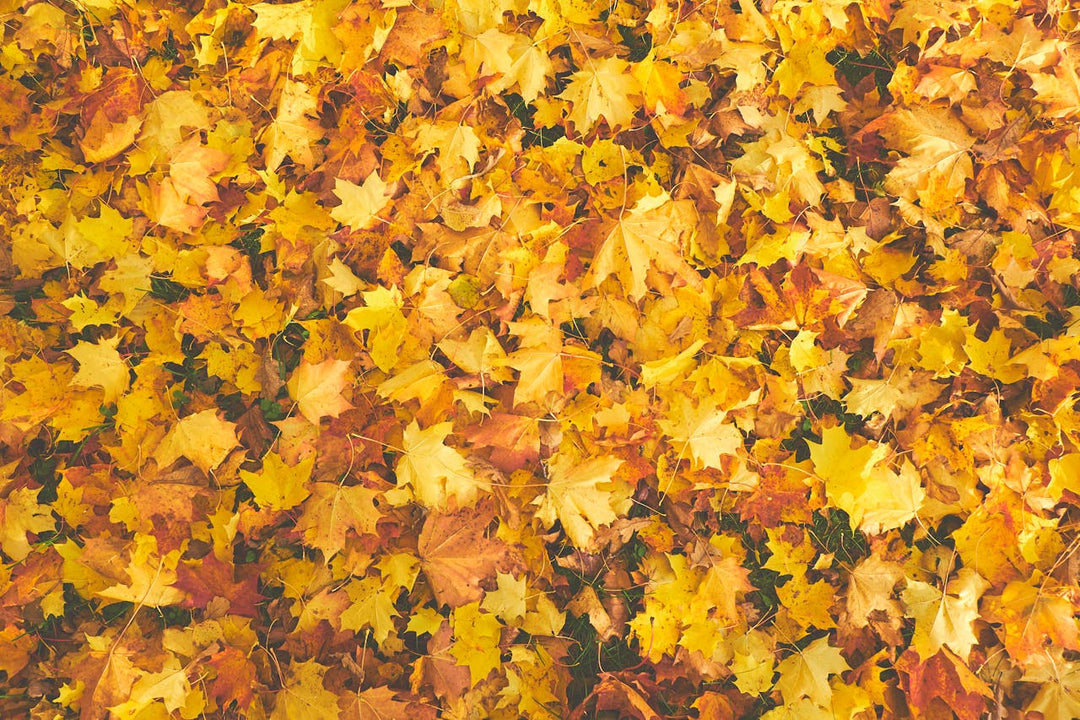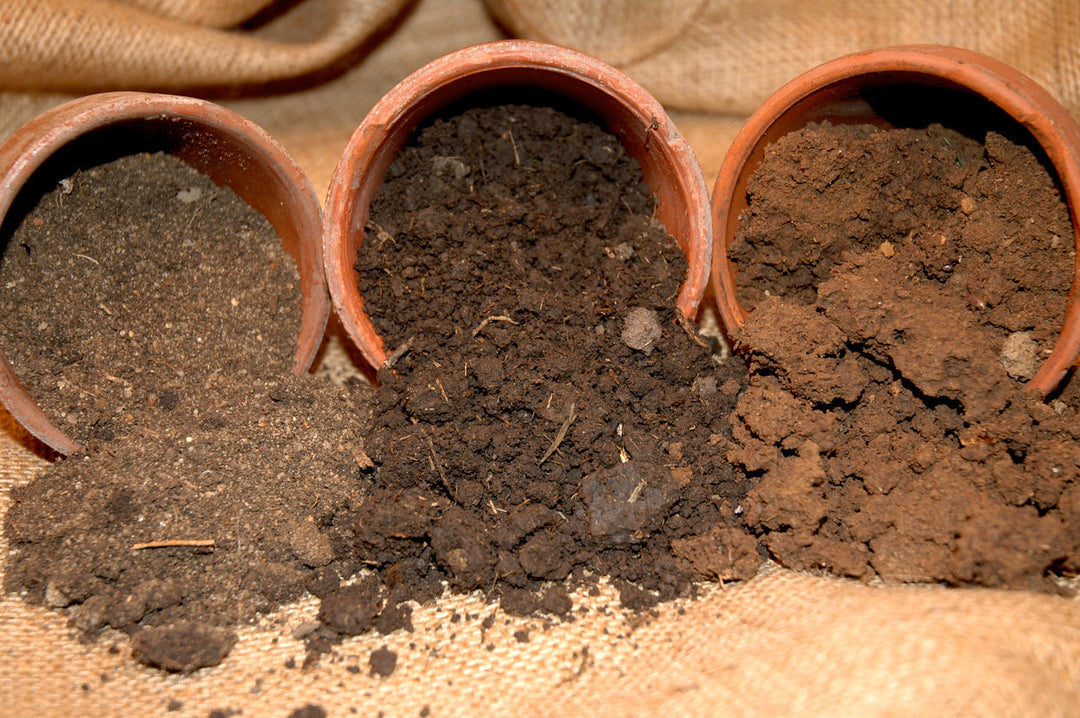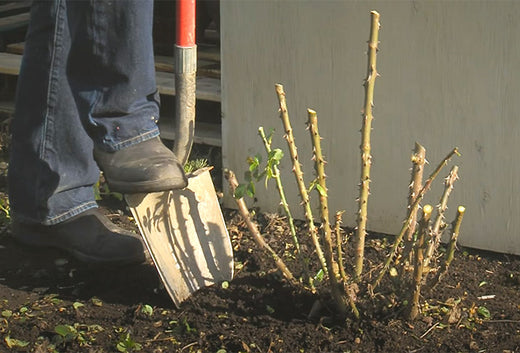Shasta Daisy: Classic, Low-Maintenance and Hardy Perennial for Every Garden
Shasta Daisy is a much loved perennial that is a cross of a European and Japanese daisy variety and was first introduced in the 1890s. This hardy plant can survive winters down to zone 4 and establishes drought tolerance quickly in the first year of growth. These beautiful blooms are deer and rabbit resistant and will bloom from summer to fall making them a great choice for cutting gardens.
Low Maintenance for Pots or Garden Beds
Shasta Daisy requires minimal care once established and thrives best in locations that receive at least 6 hours of sunlight per day. She is not fussy about soil, though she would prefer a neutral pH balance. This perennial does well in pots, but will need to be watered more frequently than if planted in the garden bed. Instead of planting in groups of three, try planting in drifts for a dramatic effect. Shasta Daisy will grow to be anywhere from 12-48” tall, depending on the variety, and 12-18” wide.
Planting and Care
Plant Shasta Daisy in a sunny location with well draining soil. Dig a hole as wide and deep as the plant’s pot, loosening up the soil inside the hole to allow the roots to easily spread out. Remove the plant from the pot, gently place the root ball in the hole replacing the soil back around it. Water thoroughly. Keep watering throughout the first week to help the plant get established. After that, Shasta Daisy does not need much supplemental water. However, if your perennial is planted in a pot, continue watering at about 1” per week. In particular dry spells, offer the same to Shasta Daisy in the garden.
This plant will do fine with minimal fertilizer if planted in nutrient-rich soil, but if your soil is lacking, add a top dressing of compost at the time of planting and a granular fertilizer once in the spring.
It’s best to divide Shasta Daisy every other year. In the spring after her first bloom, dig up the plant and divide it into segments that include foliage and roots. Replant as you would a new plant. Shasta Daisy does self-seed, but the seedlings will not be replicas of the parent plant, so division is the best way to ensure a true-to-variety reproduction.
Our favorites for us this season are: Becky (a tall variety) and Sante (a shorter variety).




